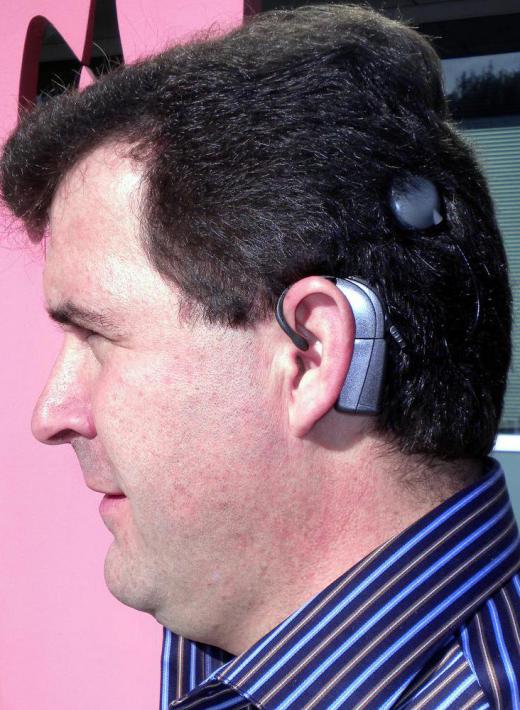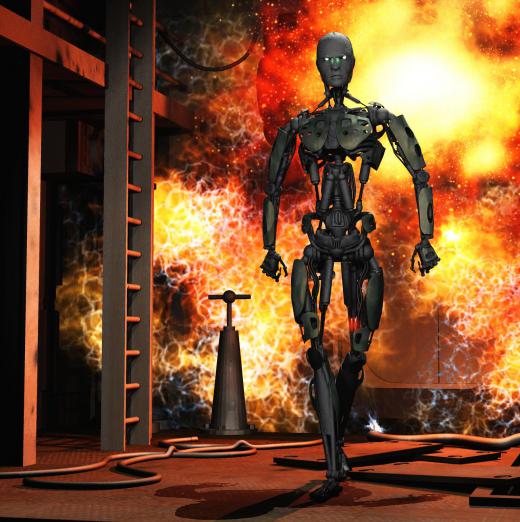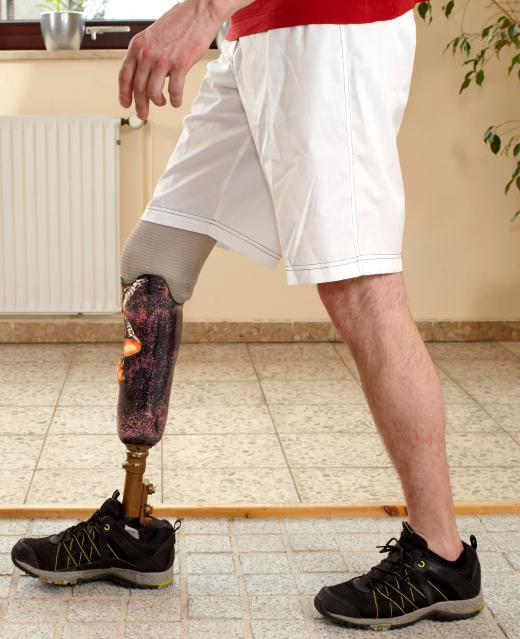How Close are We to Developing Cyborgs?
 Michael Anissimov
Michael Anissimov
The answer to this question depends on what we consider a true cyborg. The standard definition for the term is merely a human that is integrated with machine parts. By some intuitive definitions, even a person wearing glasses or driving a car would be considered a cyborg, though usually it refers to a closer integration than this. Even by a more rigorous definition, anyone with an implant with moving parts — such as those of us with pacemakers, cochlear implants, or heart pumps — are true cyborgs.
So, by many definitions, developing cyborgs has already been done. However, when we hear the word "cyborg," we often think of the cyborgs in science fiction, which tend to have more extensive synergy with mechanical components than a person with a pacemaker. Cyborgs in science fiction may have enhanced bones and muscles so they can run faster and have more endurance, or artificial eyes or other sensory organs to enhance perception. Developing cyborgs and the consequences that result from them are a science fiction staple.

Developing cyborgs of the more science fictional sense has not really been achieved yet, though it begs the question, will we ever say, "now true cyborgs actually exist?" As technology advances incrementally, each new step — unless it's a huge breakthrough — may seem relatively mundane. But judging from the science fiction of 2008 and earlier, it seems like impressive cyborgs, as in human beings with artificial eyes, ears, muscles, bones, organs, and/or advanced neural prosthetics may be developed sometime between 2030 and 2040, maybe even earlier.

Research that contributes to developing cyborgs has been in progress for decades already. We have printers that can print synthetic bones, though these lack the porous structure found in real bones. We even have printers that can print tissue cell-by-cell, but these are relatively slow. Researchers are quickly making progress towards exceptional synthetic eyes, which already are advanced enough to allow a previously blind person to carefully drive a car around in a research institute parking lot. Artificial noses are also under development, and some progress has been made.

Developing cyborgs is an incremental process that will take decades, but billions of dollars in research funds are already directed towards enabling technologies. The market demand for replacement body parts is in the billions of dollars, and the humanitarian value of this technology is practically uncalculable. More futuristically, some users of cyborg technology may not settle for mere therapies, and instead employ the technology to enhance themselves in some way. This opens a huge battery of ethical questions which we are just beginning to discuss in earnest today.
AS FEATURED ON:
AS FEATURED ON:













Discuss this Article
Post your comments